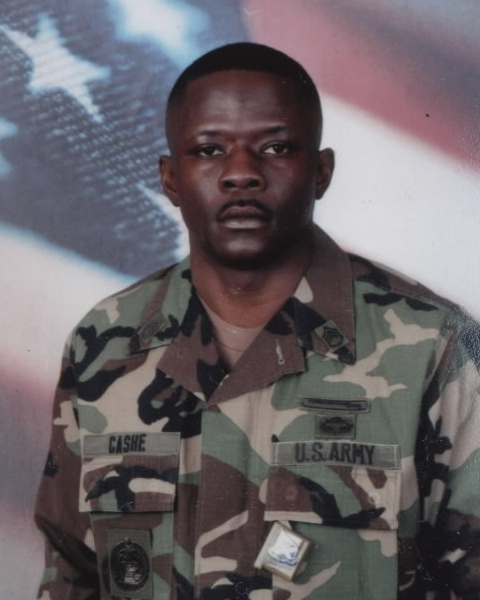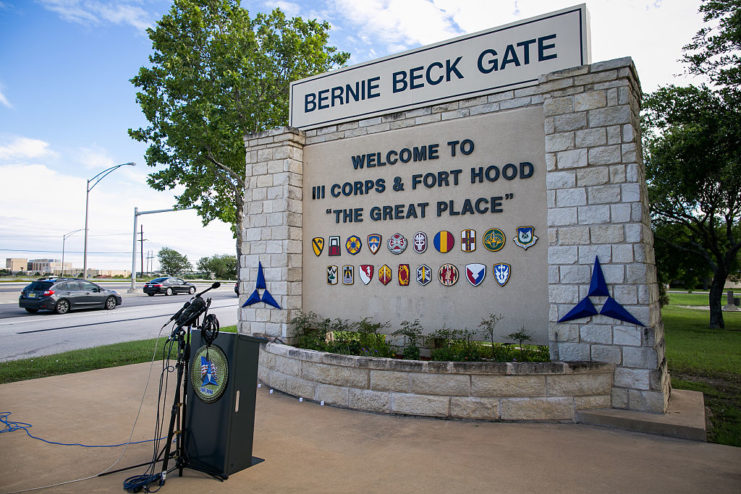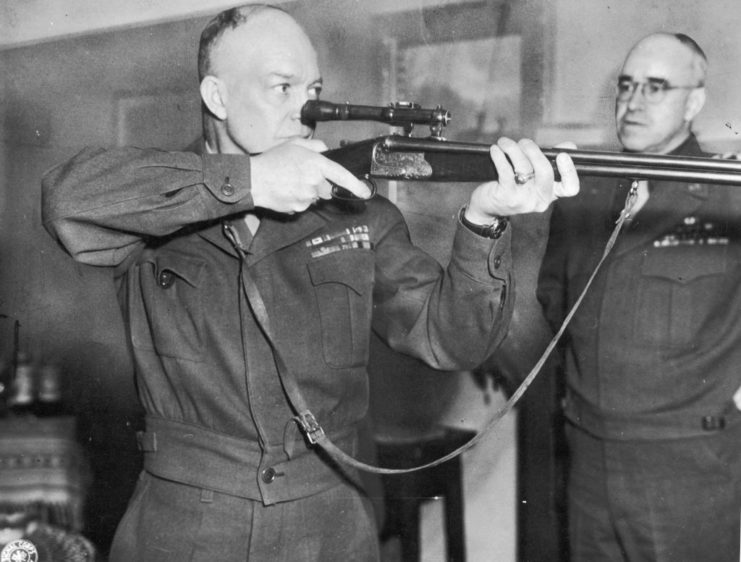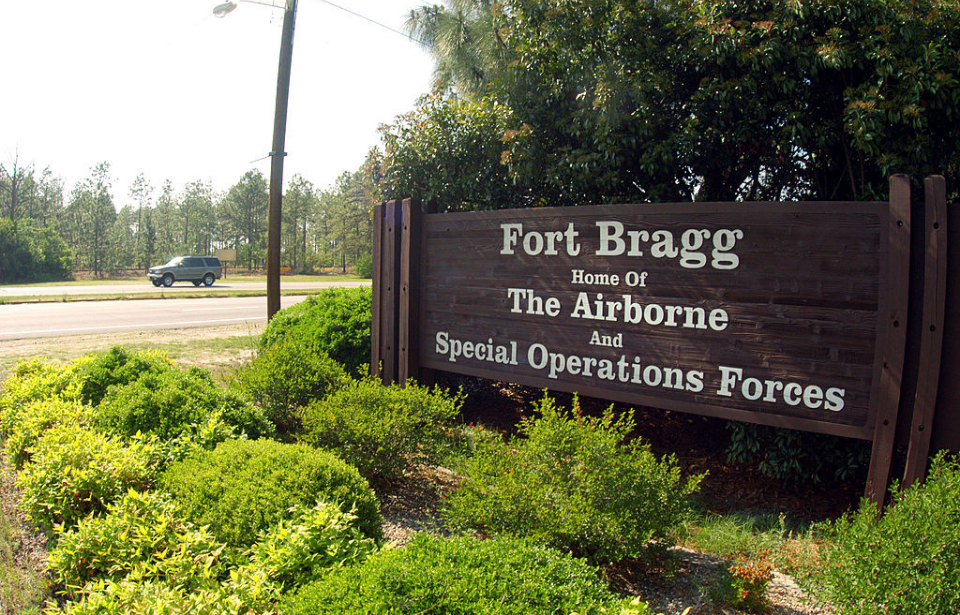The government commission tasked with recommending possible candidates for the renaming of America’s military installations has narrowed down its list of nominees to 87 people, including Medal of Honor recipients Sgt. 1st Class Alwyn Cashe and Mary Walker Edwards.

The Commission on the Naming of Items of the Department of Defense That Commemorate the Confederate States of Amerca or Any Person Who Served Voluntarily with the Confederate States of America – better known as the Naming Commission – was tasked with the job under the 2021 National Defense Authorization Act. This comes as outrage and protests continue to grow over the use of Confederate names within the US military.
In May 2021, it was announced the commission’s first focus would be the renaming of nine military bases: Forts Bragg, Benning, Hood, Rucker, Polk, Gordon, A.P. Hill, Lee and Pickett. Fort Belvoir had been on the list, but as it was named after a plantation and not a member of the Confederate Army, the commission felt it doesn’t fall under its current mandate. As such, it’s been recommended that the Department of Defense decide its own process for the installation’s renaming.
Once those have been decided upon, the commission will move its focus to military installations, as well as buildings, ships, equipment and street names.

The commission asked for the public’s help in suggesting names in September 2021, setting up a website where suggestions could be submitted. More than 34,000 were received, consisting of 3,670 unique names. Among the 87 the list was narrowed down to include:
- Omar Bradley, who served as a field commander during the Allied invasion of Normandy during World War II. He was named a five-star general, and later became the first chairman of the Joint Chiefs of Staff, before overseeing policymaking during the Korean War.
- Harriet Tubman, an American abolitionist who served as a “conductor” on the Underground Railroad, which helped enslaved men and women reach freedom. She was also a Union Army spy, a nurse and a supporter of women’s suffrage.
- US President Dwight D. Eisenhower, who served as the Supreme Allied Commander during WWII, before which he’d commanded the Allies forces in North Africa and during D-Day.
- Alwyn Cashe, a Medal of Honor recipient who gave his life for his comrades after the vehicle they were riding in hit a roadside IED in Iraq. Six soldiers were trapped within the vehicle. Cashe rescued them, despite his clothes being doused in fuel. He suffered burns to 72 percent of his body and later succumbed to his injuries.
- Desmond Doss was the first conscientious objector to be awarded the Medal of Honor. During WWII, he served as a member of the medical detachment of the 307th Infantry Regiment, 77th Infantry Division in the Pacific, and was present during the Battle of Okinawa.
- Audie Murphy, Hollywood actor and military veteran. He served in nine campaigns during WWII and is the most decorated US soldier to have served during the conflict. Among his decorations are the Medal of Honor and the Distinguished Service Cross.
- Mary Edwards Walker, the only female recipient of the Medal of Honor. She served as the first female Army surgeon during the American Civil War. Her medal was rescinded, but was later reinstated during Jimmy Carter’s administration.
- Powhatan Beaty was a Black Union solider who was awarded the Medal of Honor after he took command of his company, which was part of the 5th US Colored Infantry Regiment, during the Battle of Chaffin’s Farm. He successfully led them through the second charge, driving the Confederates from their positions.

More from us: How The Hell’s Angels Came To Share A Name With The U.S. Military
“It’s important that the names we recommend for these installations appropriately reflect the courage, values and sacrifices of our diverse military men and women,” said retired Navy Adm. Michelle Howard, chair of the Naming Commission, in a press release. “We also are considering the local and regional significance of names and their potential to inspire and motivate our service members.”
The Naming Commission is expected to present its final list of recommendations to Congress by October 1, 2022. After that, the Army will have a year to make the changes.
